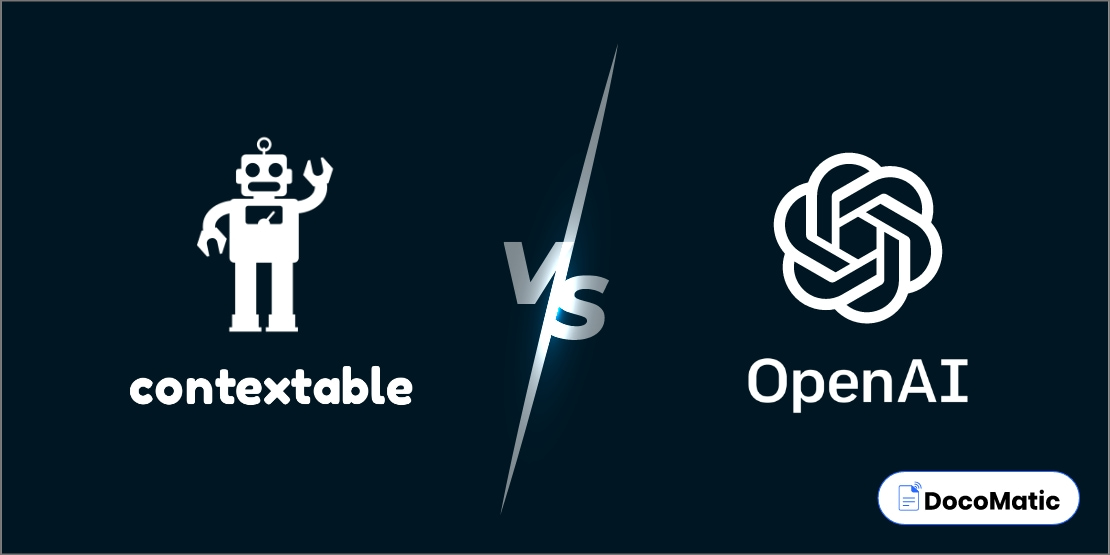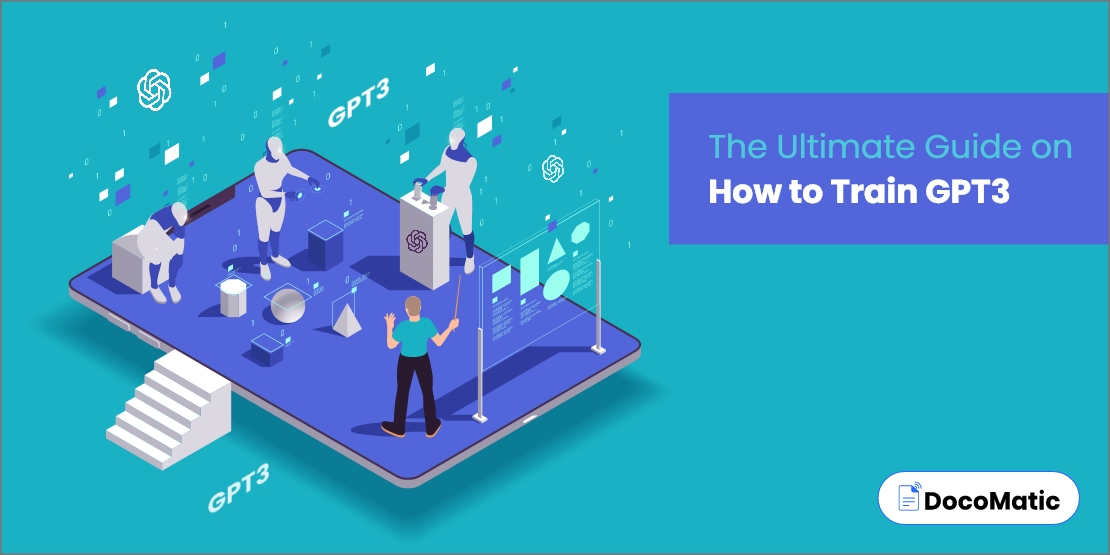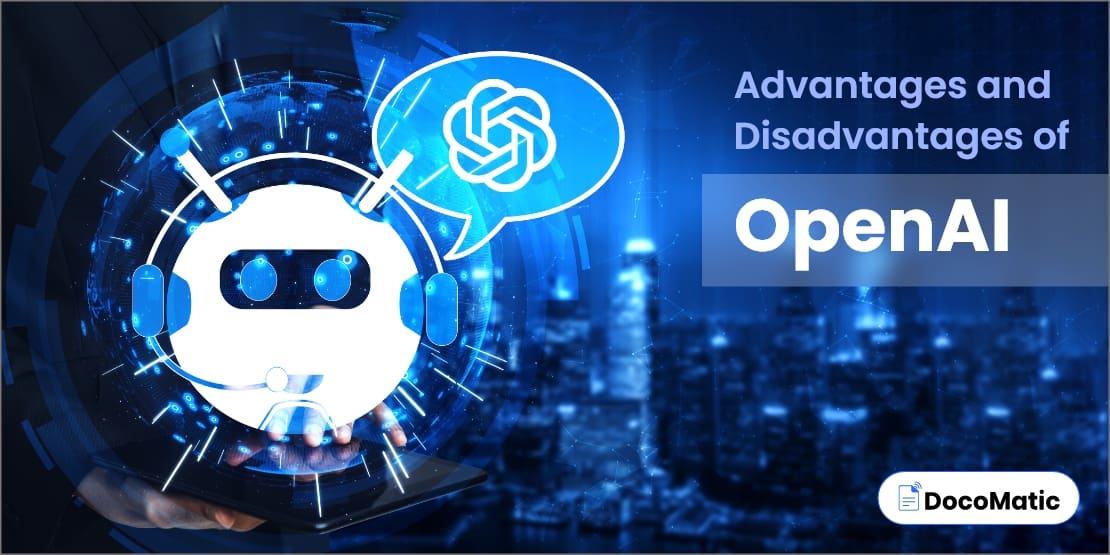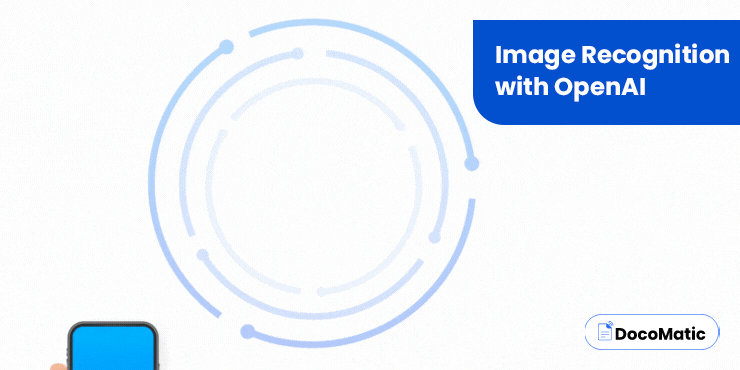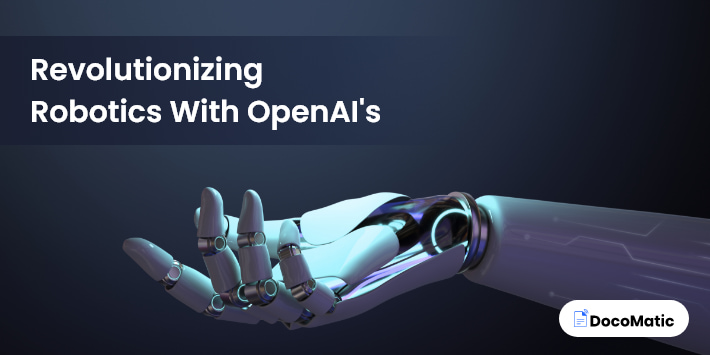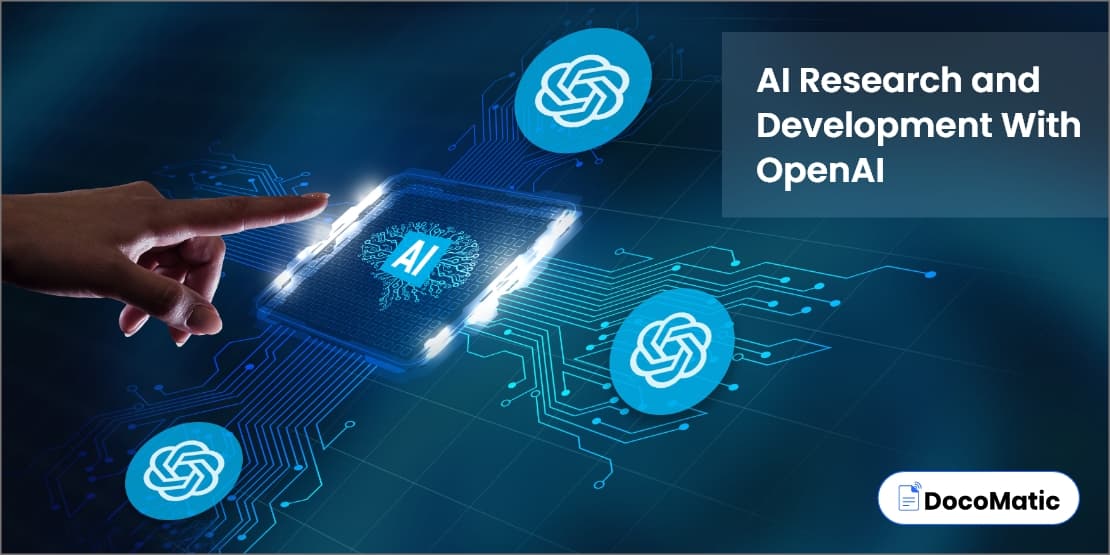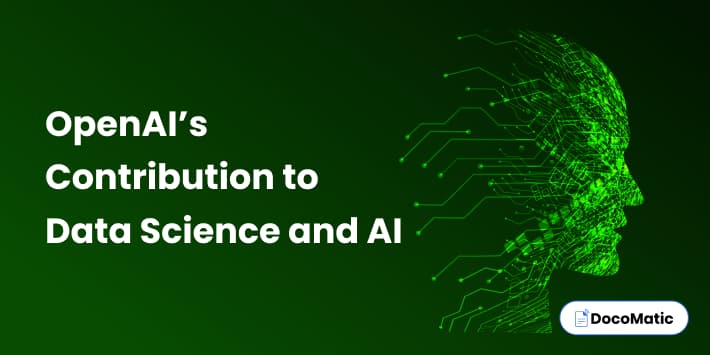Recent years have seen the emergence of natural language processing (NLP) as a crucial tool for businesses as well as developers. NLP models provide machines the ability to comprehend and analyze human language, enabling the creation of virtual assistants, chatbots, and other AI-powered technologies that can engage with users and consumers in a natural way.
The Natural Language Processing (NLP) Market is expected to increase from USD 15.7 billion in 2022 to USD 49.4 billion by 2027, according to research by MarketsandMarkets. This demonstrates the growing use of NLP to automate and improve business operations across a variety of sectors.
Two of the most popular NLP platforms are Contextable and OpenAI. These platforms make it simple for organizations to start using NLP by providing a variety of pre-built models and APIs. But, these platforms do have some significant differences too.
To assist you in selecting the solution that best suits your language model requirements, we’ll compare Contextable vs OpenAI in this blog post.
Table of Content
What is Contextable?
Contextable can be understood as a customizable AI-powered platform that helps businesses from almost every sector to create, train, and implement their own natural language processing (NLP) models.
The platform is created with the aim to provide businesses with greater flexibility and customization options than any other NLP platform available in the market. It enables the user to develop tailored models that best suit their specific language model requirements. So, you can get more out of generative AI models like GPT with Contextable.
Contextable also provides an easy-to-use interface for the purpose of storing and organizing training sets, making it less difficult for organizations to create high-quality models based on accurate and appropriate data.
Features
Businesses may develop and improve their language models with the aid of a variety of features that Contextable offers. They consist of
- Pre-built models: Contextable offers a variety of pre-built models to organizations that can be utilized as a foundation stone for customized models. There are several use cases covered by these pre-built models, including named entity recognition, sentiment analysis, as well as intent classification.
- Custom training data: Business organizations have the liberty to upload their own set of data to Contextable in order to train their NLP models. As a result, they may create models that are customized to their particular language model requirements and use cases.
- Support for many different languages: Contextable supports a number of different languages, including English, Russian, Spanish, German, French, Italian, Dutch, and Portuguese.
- Real-time testing: Contextable’s real-time testing capability enables organizations to evaluate their models in real-time and make necessary revisions. Because of this, it is simpler for businesses to improve their models and ensure their accuracy.
- Integration options: Businesses can quickly add NLP functionality to their current systems and tools by integrating Contextable with other products and solutions.
Applications
Contextable has a wide range of uses, some of which are listed below:
- Document summarization: Contextable may be used to automatically summarize lengthy papers or reports, giving users the ability to rapidly spot important trends and insights.
- Customer support: Contextable can be utilized to create chatbots and virtual assistants that can respond to questions from customers and offer personalized assistance.
- Knowledge management: Contextable can assist organizations in effectively organizing and managing their knowledge assets, facilitating employee access to the data they require.
- Regulatory compliance: Contextable can be utilized to evaluate huge amounts of regulatory data and pinpoint critical insights, assisting organizations in making sure they are in compliance with pertinent laws.
What is OpenAI?
OpenAI is hitting the headlines these days because of its GPT-3 model. So, let’s discuss what exactly is OpenAI.
Let’s OpenAI is basically a research organization that focuses on creating cutting-edge artificial intelligence technology.
Natural language processing (NLP) is among OpenAI’s principal focus areas. The organization has created a number of NLP models, notably GPT-3, which is among the most sophisticated language models ever.
But, you may be wondering how to train GPT-3 model. The model is built on deep learning methods that allow it to learn and train from enormous volumes of text data. It has been trained in a variety of tasks, including language translation, sentiment analysis, and question-answering.
Features
The GPT-3 platform from OpenAI offers the following salient features:
- Large-scale language models: With more than 175 billion parameters, GPT-3 is among the largest language models presently available. This empowers it to produce extremely natural text that frequently blends seamlessly with human writing. GPT-3 is a good option for companies that need natural language replies for their language model requirements a result.
- Multi-lingual support: GPT-3 is a suitable option for companies with international operations since it supports a broad variety of languages, including English, French, Chinese, Spanish, Italian German, and Dutch.
- Pre-built models: GPT-3 includes a number of pre-built models that can be customized to fit certain use cases. Businesses don’t have to start from zero when creating a model, which saves them time and effort. Question-answering, summarizing, translating languages, and sentiment analysis are some of the pre-built models offered by GPT-3.
- API access: OpenAI offers GPT-3 API access, making it simple for companies to incorporate the platform into their current applications and tools. This implies that organizations can employ GPT-3 for a variety of purposes, including data analysis and content creation as well as virtual assistants and chatbots.
- Advanced natural language understanding: GPT-3 has superior natural language processing skills that allow it to comprehend the context and produce extremely natural text that nearly resembles human writing. Because of this, it is a good option for companies that must develop extremely smart and subtle responses. If you are looking for any other options instead of OpenAI which has a great natural language understanding, then you can go with Hugging Face, IBM Watson, and Bard.
Applications
Among the various applications of OpenAI, the following stand out
- Chatbots and virtual assistants: OpenAI’s language models, notably GPT-3, can be utilized to create chatbots and virtual assistants that can perform a variety of functions, from scheduling appointments and making bookings to responding to client inquiries.
- Creating content: News stories, social media postings, and marketing copy could all be generated using OpenAI’s language models.
- Language translation: By using OpenAI’s language models to translate text across multiple languages, businesses can more easily connect with clients and partners throughout the world.
- Sentiment analysis: Organizations can learn more about consumer preferences and perceptions by using OpenAI’s language models to assess customer feedback and sentiment.
Comparison of Contextable and OpenAI
| Feature | Contextable | OpenAI |
|---|---|---|
| Overview | Contextable is a cloud-based artificial intelligence platform that focuses on language models created for document-based applications. | Advanced natural language processing (NLP) models, such as the well-known GPT-3 language model, are developed and made accessible by the OpenAI AI research lab. |
| Language Models | Transformer-based language model with support for domain-specific models and custom training data created exclusively for document-based applications. | GPT-3 is an example of a general-purpose language model that supports several languages and has been tuned for a variety of use cases. |
| Performance | Excellent document-based application performance, with quick inference times and support for batch processing. | Because of its greater size and complexity, it is more powerful and adaptable. It offers cutting-edge performance for a variety of NLP tasks, including language modeling, question answering, and text categorization. |
| Integration | Has built-in interfaces for well-known systems like Zendesk, Freshdesk, and Intercom and supports Python and the HTTP API for simple workflow integration. | A broader variety of integrations, including pre-built integrations for well-known platforms like Salesforce, Zapier, and WordPress, as well as APIs for several programming languages (Python, JavaScript, etc.). |
| Customization | Language models have limited customization capabilities, although they do permit training on custom data and fine-tuning for particular domains. | Greater customization options, including the ability to build unique models using domain-specific information and assistance for fine-tuning language models on certain tasks and use cases. |
| Support | Dedicated account management and support are included in the enterprise plans, in addition to email assistance and online documentation. | Provides email and phone assistance, access to a community forum and developer resources, and help via specialized support and access to unique features for enterprise plans. |
FAQs
Contextable and OpenAI both provide simple user interfaces that just need a basic understanding of technology to get started. To modify and improve the models for particular use cases, though, a certain amount of technical proficiency may be needed.
Absolutely, you can train unique language models by utilizing your own data on both platforms. Nevertheless, doing so often necessitates a higher level of technical expertise and may cost more money.
Both platforms are committed to protecting user data and take data security and privacy seriously. Customers that need more protection can choose Contextable’s on-premise deployment options, whereas OpenAI protects user data with top-notch encryption and other security protocols.
Absolutely, both platforms have APIs and SDKs that make it simple to integrate them with other software programs and systems. The platforms may, however, need to be integrated efficiently with the help of certain technological know-how.
- Securing and gathering the data of high quality for the model
- Selecting the appropriate hyperparameters and algorithm for the model
- Preventing the model from being over- or under-fit
- Modifying the model to accommodate large datasets
- Making sure the model is transparent, fair, and accurate
- Addressing ethical and legal considerations relating to the model’s use and impact.
Which Platform is Right for Your Language Model Needs?
After taking a look at the features and comparison of Contextable vs OpenAI, you might be thinking about which platform is appropriate for your particular language model requirements. Your particular use case, objective, and requirements will ultimately determine which option is best.
We’ve created a list of important variables to take into account while deciding between Contextable and OpenAI to assist you with making this decision:
- Use case: Take into account the particular use case for your language model. Are you creating a document search engine or a chatbot for customer service? Every platform has its own advantages and disadvantages, so you should pick the one that best fits your particular use case.
- Technical knowledge: Both systems require a certain amount of technical knowledge, however, Contextable could be simpler to use for non-programmers. If you’re a technical specialist, you might choose OpenAI because it gives you greater freedom to use the API.
- Customizability: Are you looking for a language model that can be highly customized and controlled? In such a case, OpenAI could be a preferable option because it offers greater flexibility and control over the training of the model. Contextable, on the other hand, can be a better option if you want a pre-trained model that you can immediately integrate into your application.
- Data security and privacy: It’s essential to look into the security policies and data protection procedures of both platforms if data privacy and security are a priority for your use case. Just like OpenAI, Contextable has put into place measures to secure user data, but OpenAI has stricter data protection policies.
- Budget: Take into account your budget plan for creating language models. Although OpenAI often costs more than Contextable, it could provide more sophisticated functionality and customization possibilities.
You can assess which platform is most appropriate for your particular language model requirements by weighing each of these considerations.
